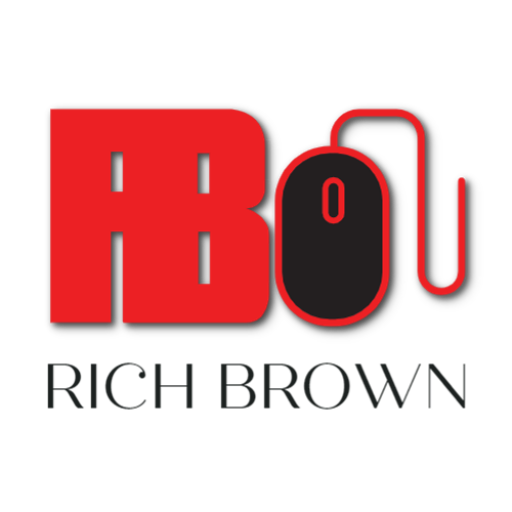Ever scrolled through your feed and wondered if that engaging article or video was actually an ad? Welcome to the world of native advertising!

Ah, the era of the internet. Remember when we were bombarded by those flashy, blinking banner ads everywhere? Yup, I remember them too. They’d pop up right when you least expected, and most of the time, you’d just scramble to find that tiny “x” button to close them.
But here’s a twist – we’ve evolved, and so has the ad world. Today, we’re diving deep into one of my favorite topics (and possibly soon-to-be yours), native advertising and sponsored content. And specifically, the magic behind their design. Ready? Let’s scroll!
What’s Native Advertising, Anyway?
Think about it: when you’re in Rome, you want to do as the Romans do, right? That’s kinda the principle behind native advertising. It’s all about creating ads that blend in with the platform they’re on.
These ads don’t shout, “Hey, I’m an Ad!” Instead, they whisper, “Hey, wanna know something cool?” while casually fitting into your scrolling spree.
I remember when I first stumbled upon a native ad. It was on a popular news site, and I found myself engrossed in this fascinating article about sustainable travel. Only at the end did I realize, “Oh, it’s sponsored by a travel agency!” Sneaky? Maybe. Effective? Absolutely.
Designing The Perfect Native Ad: Principles to Live By
We’re in the age where people hate being sold to, but they love discovering new things. That’s where native ads come in. Here are some design principles I’ve gathered (with some of my own experiences thrown in):
1. Make it Relevant:
- A good native ad is like that friend who knows exactly what movie you’d love to watch next. It should match the interests of your audience. If I’m on a fitness website, don’t pitch me the latest soda, maybe tell me about that new protein shake.
2. Be Transparent:
- While native ads should blend in, they shouldn’t deceive. Most platforms will have labels like “sponsored” or “promoted”. It’s ethical, and honestly, readers appreciate the honesty.
3. Quality Over Everything:
- A few years ago, I clicked on a native ad that led to… well, a pretty mediocre product. First impressions matter. Make sure the content you’re promoting is top-notch.
4. Visual Consistency:
- If you’re on a platform where cool, monochrome aesthetics rule, don’t throw in a neon-colored ad. It’s jarring. Instead, go with the flow, design-wise.
5. Engaging Content is King:
- Whether it’s a catchy headline, a breathtaking image, or a compelling story, the content should pull readers in. I once saw a native ad for an eco-friendly shoe brand that told a touching story of its origins. Guess who bought a pair? 🙋♀️
Why Should You Care?
Simple. Native ads, when done right, don’t feel like ads. They offer a seamless user experience and are more likely to be engaged with. Plus, let’s be real, no one’s missing the era of intrusive pop-ups.
Wrapping Up
Native advertising is more than just a buzzword; it’s a shift in the way we approach marketing. It prioritizes user experience, value, and honesty. As a content consumer, I appreciate that.
And if you’re in the marketing world, mastering native ad design principles can be your ticket to truly connecting with your audience.

Leave a Reply
You must be logged in to post a comment.